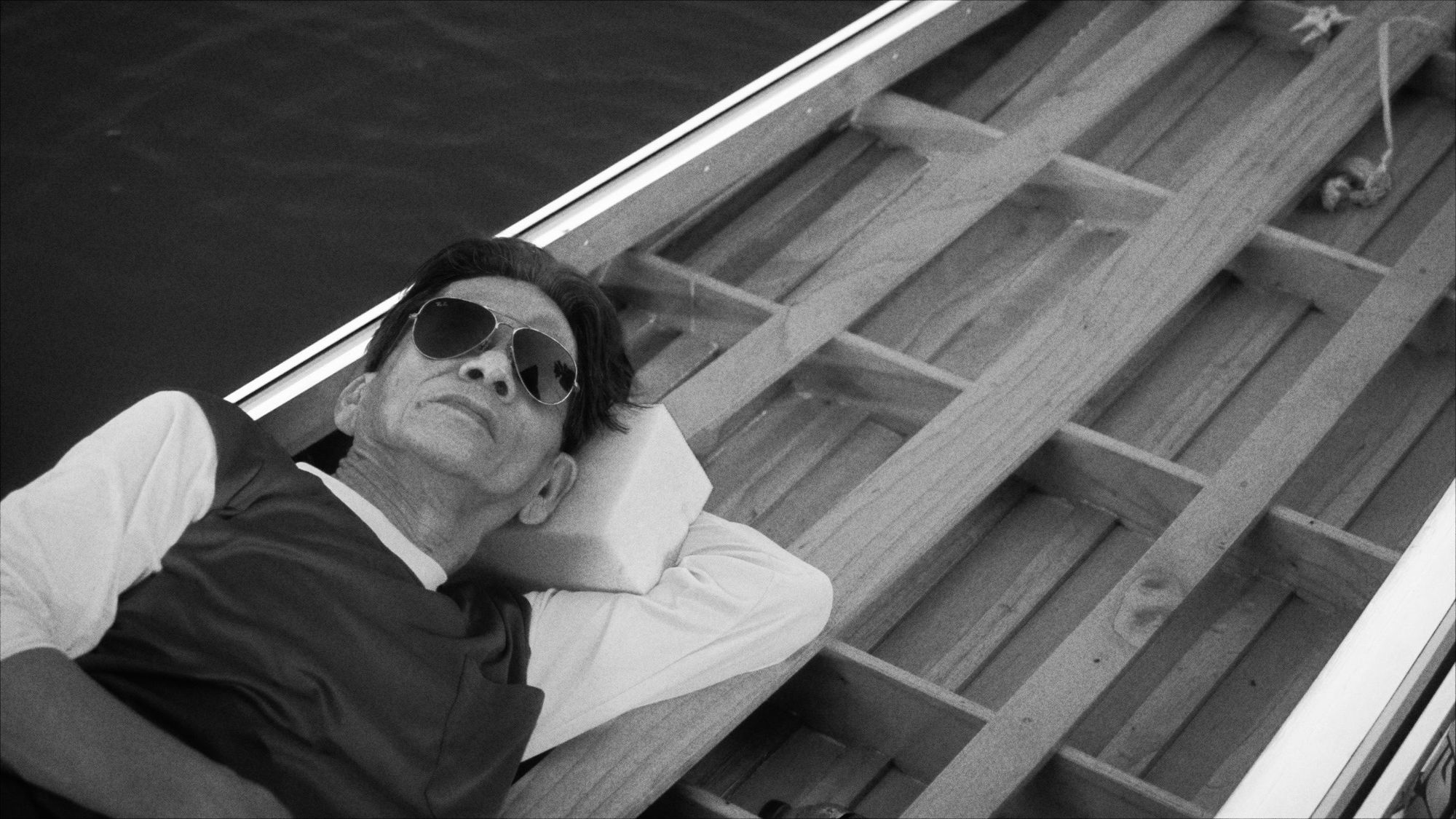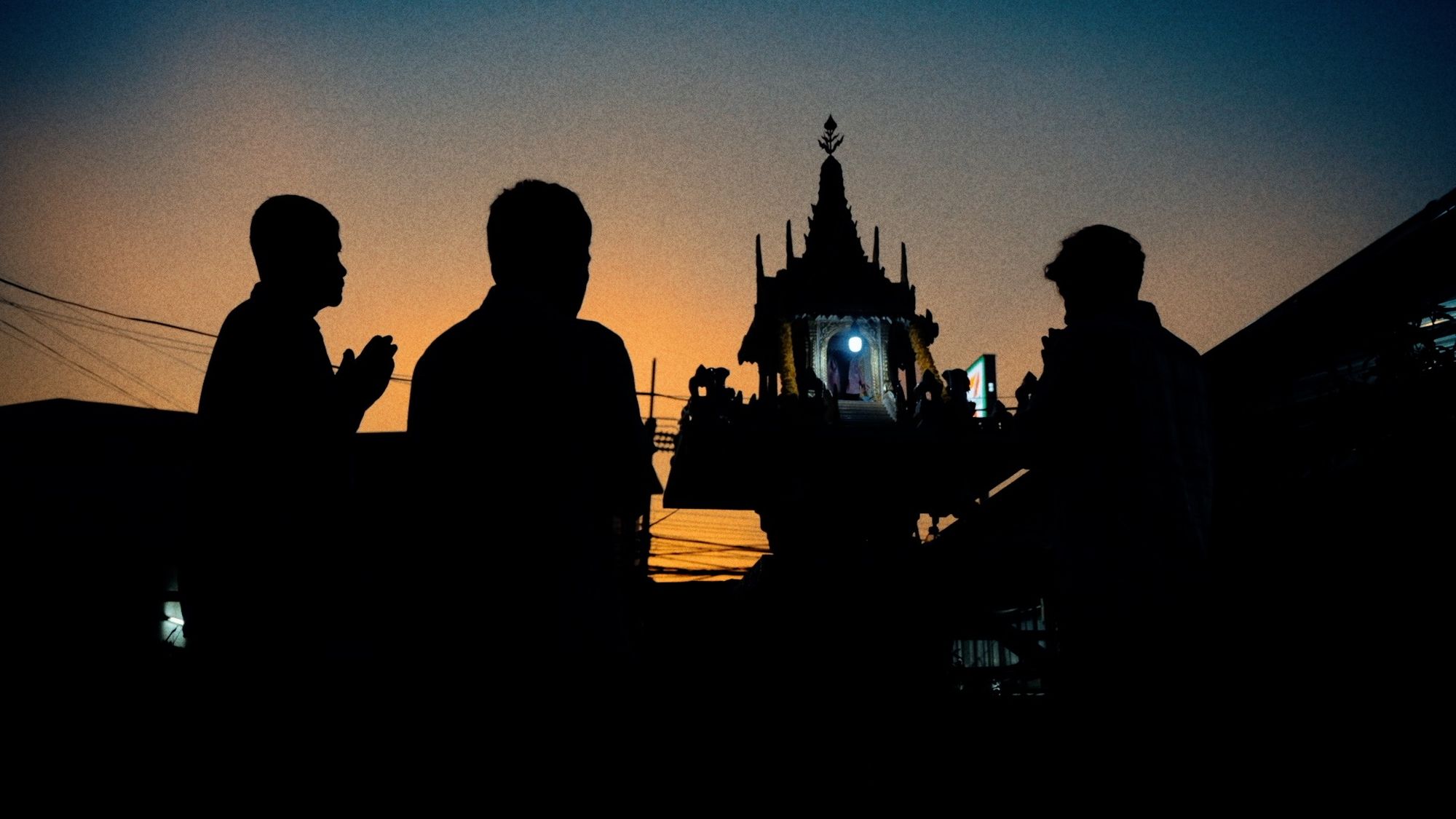
If we have learnt anything from the wildly popular, and apparently incessant, Fast and Furious franchise it is that speed sells. When Director Tobias James got a call from friend and producer, Paul Travis, over in Thailand telling him about the turbo longtail drag racing subculture he’d stumbled across, the adrenaline started pumping and they decided to come together to document the niche yet widely popular sport hosted on the waterways of Bangkok in Speedboat. What ensued was a frantic filming experience where the team immersed themselves in the fast paced and totally feverish world following a local restaurant’s boat commission from building to testing to racing. Directors Notes caught up with James to speak about the freedom of not following a planned filming structure in Speedboat, immersing themselves entirely into the lives of their documentary subjects as well as bringing out the colour grade so the final product directly mirrored the energy of the filming.
Were the racers involved open to being filmed from the get-go and what hurdles did you face working with such a niche subculture?
They were really up for it, which was great. So welcoming and just an amazing group of people. They were completely natural in front of the camera – totally unfazed by it. The only problems we ran into was the order of the boat build. They needed to do certain steps at very specific times, so we’d turn up and the boat would be pretty much ready so we’d have to start over. Sometimes we’d get a call saying something along the lines of “he’s painting!” so we’d have to drop everything and rush over. In the end it was very freeing – we just had to let go and just go with the flow. Immerse ourselves fully in their process.




Did you have a specific idea of what exactly you were looking to capture about the races and the subculture itself?
Honestly, no. We had the rough idea of following a boat being built and a race but didn’t know what we were in for. We just went with the flow and let the racers dictate what was happening. Having not really experienced anything like this before was quite freeing. Every moment was something new to us. The level of craft and of care put into these vessels is incredible. They’re very well built and beautifully decorated. Seeing all the teams with their individual boats converge in the water was amazing, they’re all unique with tons of character. They’re rivals, but they have respect for each other and there’s a deeply spiritual element to their races. They bless their boats before each race and also pay respects to the spirits in the water that they believe will keep them safe.
In the end it was very freeing – we just had to let go and just go with the flow. Immerse ourselves fully in their process.

How were you able to capture the on water action given the racers’ speeds and intensity?
We were on the boats as they were racing, some were two seaters – well not seats exactly, but there was space for an operator to go onboard. We all took turns and it was a sensory overload so we were just able to point the cameras in the right direction and hope for the best.
At the race the first thing that hits you is the noise of these engines. They’re modified racing-car engines, bolted to the hull of the boat and left exposed. On the boat we would hit 130kmph – that’s them keeping the speed down with us and the camera on board. The real top speed is closer to 170-180. One comment was “it’s 500 brake horsepower on a toothpick”, which is a pretty good way to describe the disorientation and intensity of being on one. We used mics going straight into the cameras which peaked quite often during the racing sections which added to the intensity of the edit, we wanted to make people feel as if they were ‘in it’, as opposed to just spectating.

What cameras did you use for the filming and how many hours of footage was accumulated?
We were with the team for 4/5 days total. I think we had about 5 hours of footage…2 days of building and getting atmosphere and then one day testing the boat and one race day. We filmed on three Sony A7S IIIs as that’s what we had available to us and they’re easy enough to use and get on the boats without affecting our balance.
Can you go into more detail about the edit and how you leaned into the insanity?
In post it became clear that we would be making something more stylised than a usual style of documentary. The racers were a bit psychedelic so we leant into that with some of the colour and music. We worked hard on the pacing of the film, switching it up every 45 seconds or so to represent the speed at which the atmosphere changes over there. One minute it’s completely calm and serene, the next it’s so loud you can’t think straight, and everything in between.
We wanted to make people feel as if they were ‘in it’, as opposed to just spectating.
We wanted to bring the feeling out in the color grade which meant using some pretty crazy film stock looks overlaid on the digital footage. We pushed it really far before dialling it back to something that felt right. For the soundtrack, we used music we heard whilst we were there, played by some of the Bangkok crew. When we were filming, the energy can switch so quickly from completely serene to mayhem, and these tracks really support that feeling.

What are you working on next?
Right now Paul is working with some well-known US online magazines for a documentary series coming out later in the year, all going well. I’ve got another short doc in post right now, also with speed as a theme, but this one is a 300 mile run from LA to Las Vegas between Death Valley and the Mojave desert. Intense in different ways…


